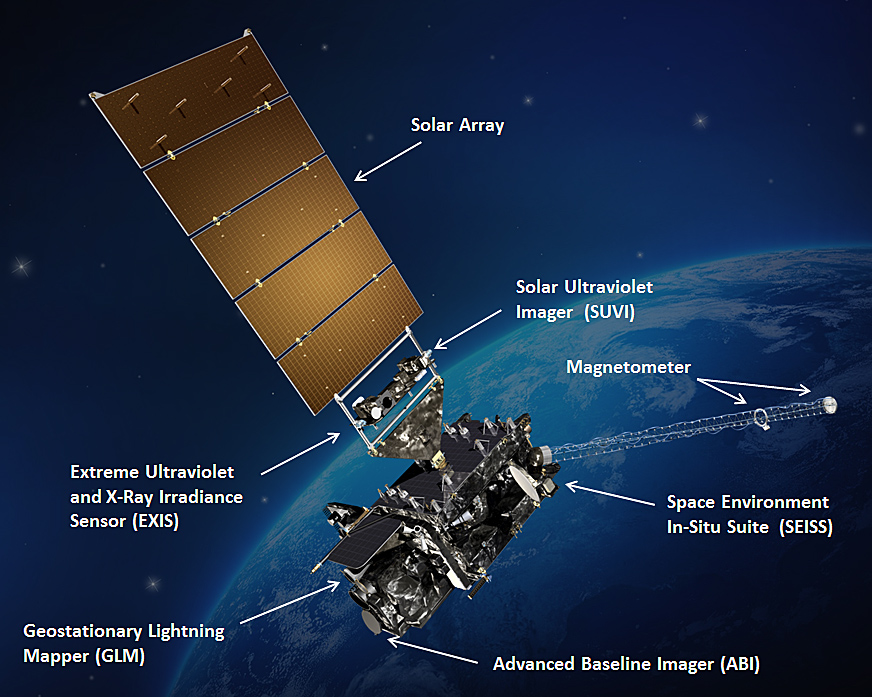
How Weather Satellites Revolutionize Meteorology and Forecasting
Weather satellites have been at the forefront of meteorology and forecasting for decades, playing a pivotal role in our understanding of Earth’s atmosphere and our ability to predict weather patterns. These orbiting sentinels provide a bird’s-eye view of our planet, capturing invaluable data that meteorologists use to monitor and forecast weather, track severe storms, study climate change, and ensure the safety and well-being of communities around the world. In this comprehensive article, we will explore how weather satellites contribute to meteorology and forecasting, revolutionizing our understanding of weather and climate.
A Brief History of Weather Satellites
Before delving into the significance of weather satellites, it’s essential to understand their origins. The first successful weather satellite, TIROS-1 (Television and Infrared Observation Satellite), was launched by NASA in 1960. This milestone marked the beginning of a new era in meteorology, as it allowed scientists to capture images of Earth from space and monitor weather patterns as they developed.
Key Contributions of Weather Satellites
1. Global Coverage and Real-time Data
Weather satellites provide near-global coverage, capturing images and data from remote areas of the Earth that are difficult to access by other means. This comprehensive coverage is critical for meteorologists to understand large-scale weather patterns and phenomena like hurricanes, typhoons, and atmospheric rivers.
2. Advanced Imaging Technologies
Modern weather satellites are equipped with advanced sensors and imaging technologies. Visible light, infrared, microwave, and radar sensors provide a wealth of information about cloud cover, temperature, humidity, wind patterns, precipitation, and more. These data help meteorologists create detailed weather maps and identify developing weather systems.
3. Early Detection of Severe Weather
One of the most significant contributions of weather satellites is their ability to detect and track severe weather events in real-time. From hurricanes and tornadoes to thunderstorms and wildfires, these satellites provide crucial information that allows meteorologists to issue timely warnings and advisories, potentially saving lives and property.
4. Climate Monitoring and Research
Weather satellites are instrumental in monitoring long-term climate patterns and changes. They capture data related to sea surface temperatures, ice cover, atmospheric carbon dioxide levels, and other key climate indicators. This information is vital for understanding climate change and its impacts on global weather patterns.
5. Numerical Weather Prediction
Data from weather satellites serve as the foundation for numerical weather prediction models. These complex computer models use current and historical satellite data to simulate the behavior of the atmosphere. This enables meteorologists to make short-term and long-term weather forecasts with remarkable accuracy.
6. Environmental and Agricultural Applications
Weather satellites also have applications beyond meteorology. They are used in agriculture to monitor crop health, assess soil moisture, and predict droughts. Additionally, they aid in environmental monitoring, including tracking deforestation, assessing air quality, and monitoring the spread of pollutants and aerosols.
7. Disaster Management
During natural disasters like earthquakes, tsunamis, and hurricanes, weather satellites play a vital role in disaster management and response efforts. They provide critical data to first responders, aid agencies, and governments, helping them allocate resources and respond effectively to emergencies.
Challenges and Future Directions
While weather satellites have revolutionized meteorology and forecasting, they are not without challenges. Maintaining and upgrading these orbiting observatories is costly, and the risk of satellite collisions and space debris is a growing concern. Moreover, ensuring equitable access to weather satellite data for all nations remains a priority.
The future of weather satellites lies in continued technological advancements. Smaller, more cost-effective satellites, known as CubeSats, are being developed for weather monitoring. Moreover, the deployment of satellite constellations in low Earth orbit promises to enhance global coverage and data accuracy.
Conclusion
Weather satellites have ushered in a new era of meteorology and forecasting, providing us with a comprehensive understanding of Earth’s atmosphere and its ever-changing dynamics. From tracking hurricanes to studying climate change, these orbiting observatories are invaluable tools in safeguarding lives, property, and the environment. As technology advances, weather satellites will continue to evolve, offering even greater insights into the complex world of weather and climate. Their role in meteorology and forecasting remains indispensable, shaping the way we prepare for and respond to weather-related challenges in an ever-changing world.
